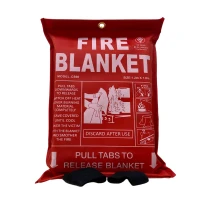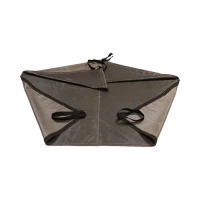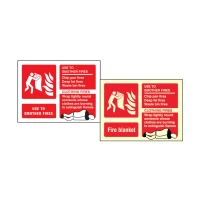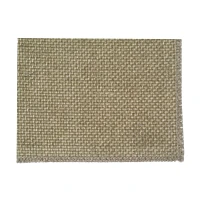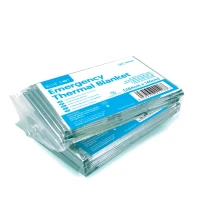



















 Book a service
Book a service

When fire breaks out, every second counts. Our fire blankets and drapes smother flames fast, helping to prevent serious damage. Easy to use, compact, and essential for homes, kitchens, workplaces, and vehicles. Stay prepared. Stay safe.
Here are some key reasons to use a fire blanket:
Quick Response: Fire blankets can be rapidly deployed to smother small fires, cutting off the oxygen supply and extinguishing flames quickly.
Versatility: They are effective for different types of fires, including kitchen grease fires and small electrical fires, making them versatile for home and business use.
Ease of Use: Fire blankets are easy to use, even for those with minimal training. Simply pulling the blanket from its container and covering the fire can effectively control it.
Safety: Unlike some fire extinguishers, fire blankets do not release potentially harmful chemicals, making them safer for use around food and people.
Protection: Fire blankets can also be used to wrap around a person whose clothing has caught fire, providing immediate protection and helping to prevent severe burns.
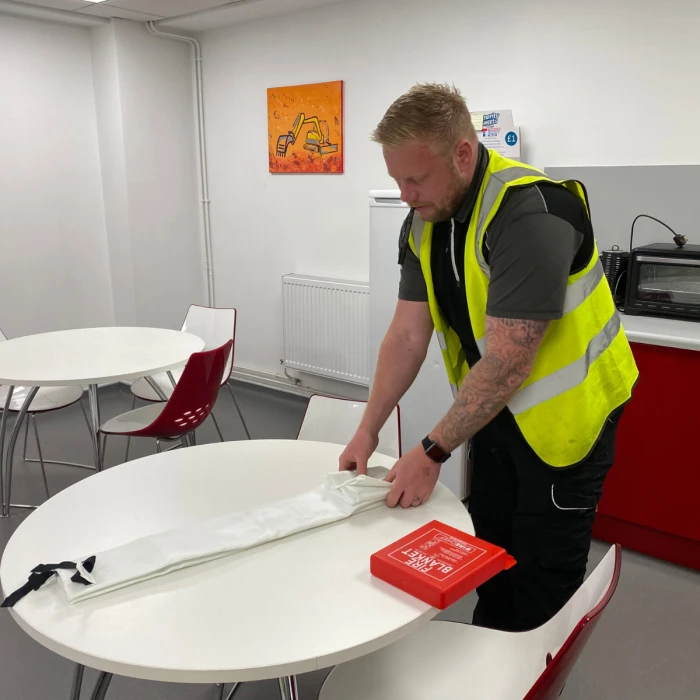
Here are some key areas where using a fire blanket is essential:
Kitchens: Ideal for smothering small grease fires on stoves or in ovens.
Workshops: Useful for extinguishing fires caused by flammable materials or sparks.
Laboratories: Effective for handling small chemical fires and protecting individuals.
Garages: Suitable for putting out fires from fuel or oil spills.
Boats: Crucial for quickly dealing with onboard fires in confined spaces.
Camping Sites: Handy for extinguishing campfire mishaps or small tent fires.
Educational Facilities: Important for classrooms, particularly in science labs or kitchens.
Offices: Can be used to smother small electrical fires from equipment or wiring.
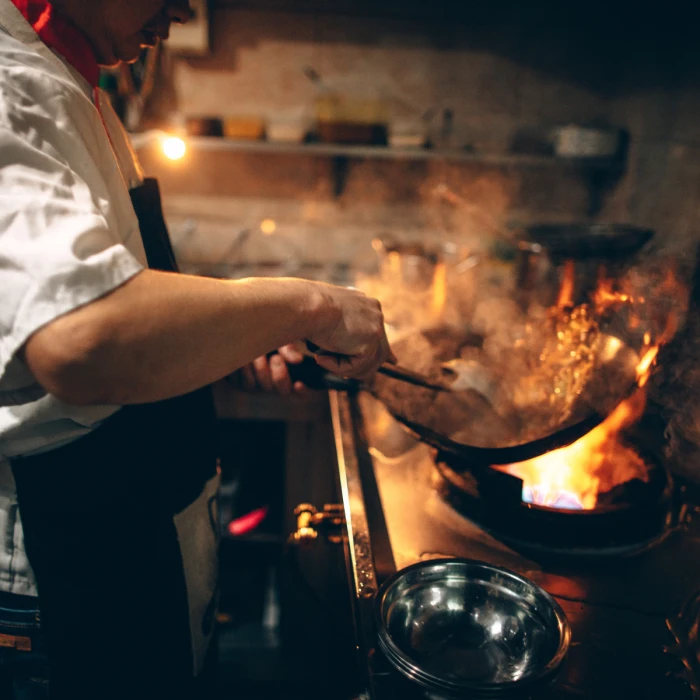
Industrial Workshops: To protect machinery, tools, and other equipment from welding sparks and spatter.
Construction Sites: To create safe welding zones and protect surrounding areas from fire hazards.
Automotive Repair Shops: To shield vehicles and equipment during welding repairs.
Shipyards: To protect ship components and the working area during welding operations.
Manufacturing Plants: To separate welding areas from other production zones, ensuring overall safety.
Aerospace Facilities: To safeguard sensitive components and materials from welding debris and heat.

We use cookies to enhance your site experience. Choose your preferences below.


